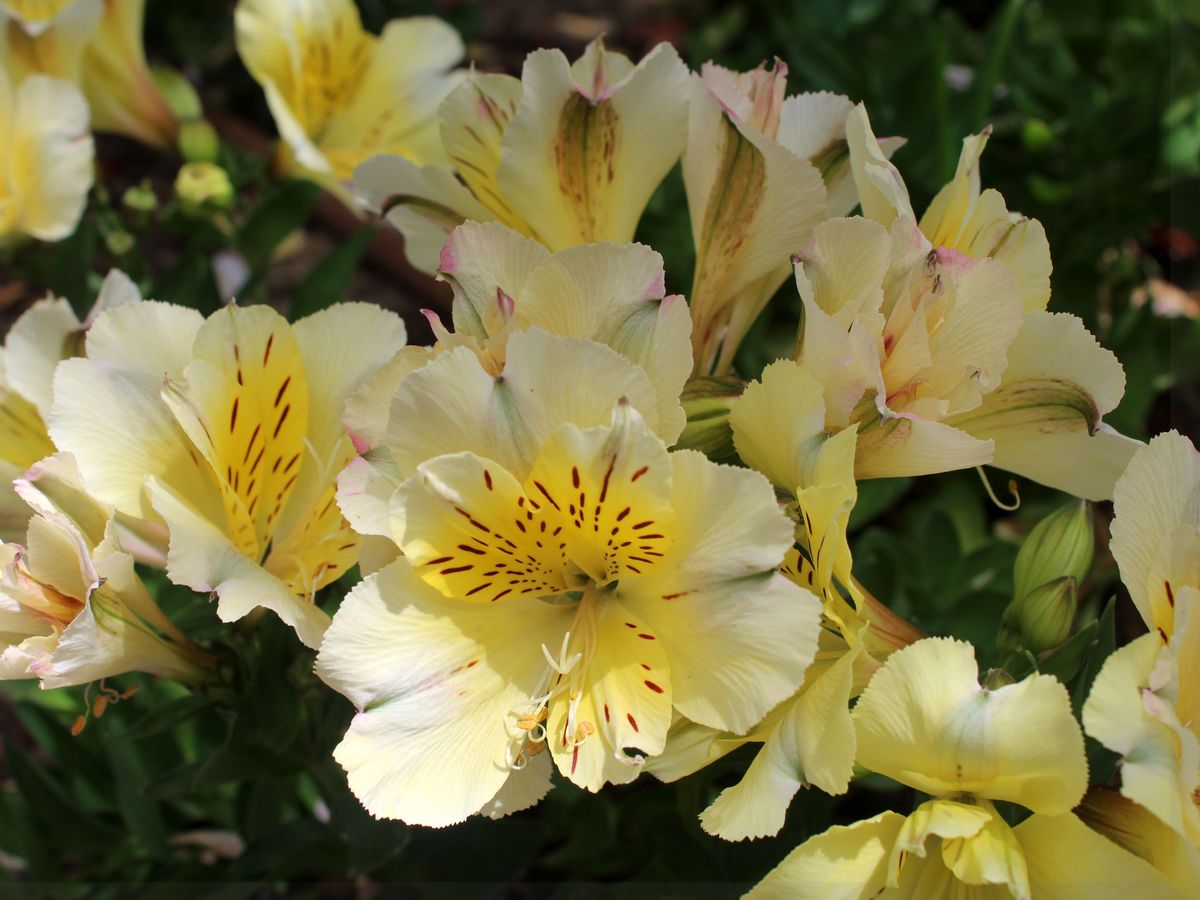Alstroemeria pelegrina
Scientific name: Alstroemeria pelegrina L.
Family: Alstroemeriaceae
Common name: Lily of the Incas, Peruvian Lily
Also called lily of the Incas or Quito lily, it is a perennial herbaceous plant that comes from Chile and Peru, where it grows among rocks and cliffs. It is very abundant in the coastal town of Los Molles, which has led to it also being known as the Los Molles butterfly. In its natural habitat it has been included among the vulnerable species, due to construction and tourism development in the area.
The name Alstroemeria was given by Linnaeus in recognition of his pupil, the Swedish naturalist Claes Alstroemer, who had collected seeds on his trip to South America in 1753. The species name may be due to the beauty of its flower, referring to the famous pelegrine pearl, discovered in the New World in the 16th century.
It has a branched subway stem (rhizome). The leaves grow on the upper part of the stem; the lower ones are like scales, and the upper ones are lanceolate, spirally placed and with the tip bent to one side. Its flowers are very attractive, about 5 cm and cream-colored with pink or brown spots, although they are also cultivated in pink, lilac or red.
It likes to grow in semi-shade and in well-drained soil, as it does not tolerate waterlogging. In Malaga there are references of it, according to García de la Leña in 1789, in the Royal Botanical Garden of the Three Minor Prisons, located in Victoria Street, in the late eighteenth century and later in the Provincial Institute of San Felipe Neri. Although it is an excellent ornamental plant, for some years it has fallen into disuse, but lately it seems to be shining again as it deserves. In La Concepción it can be seen in the Around the World in 80 Trees.

